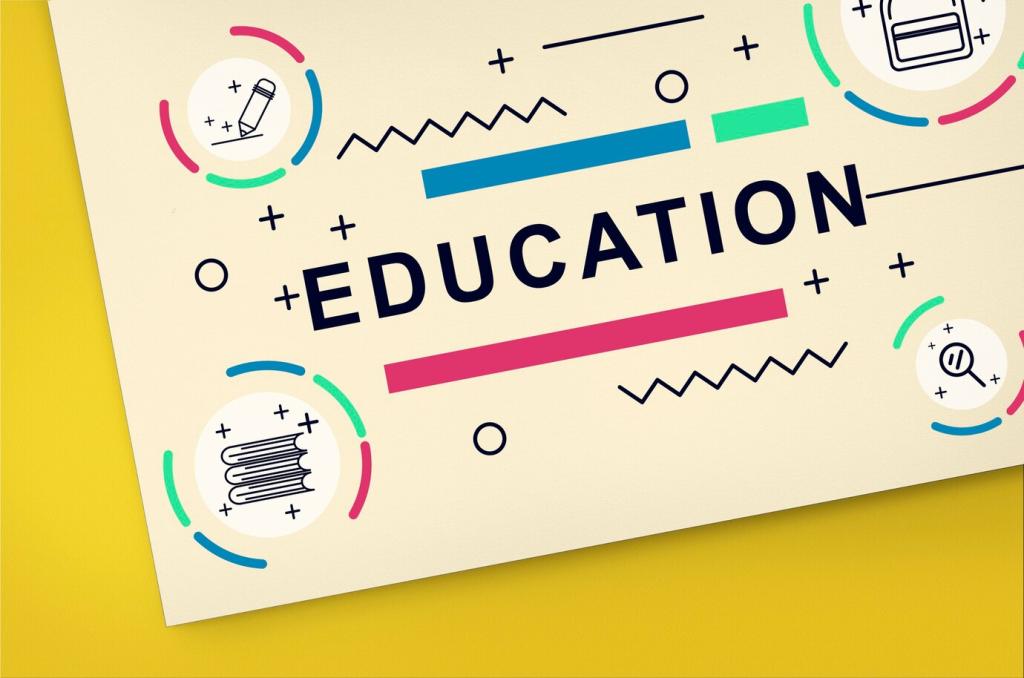Adapting Teaching Styles for Diverse Learners: Practical Inspiration for Every Classroom
Selected theme: Adapting Teaching Styles for Diverse Learners. Welcome to a home base for educators who believe every student can thrive when instruction flexes. Explore stories, strategies, and tools—and subscribe to receive fresh, classroom-tested ideas every week.

Profiles, Not Stereotypes
Build dynamic learner profiles that capture strengths, interests, and needs rather than fixed labels. A short survey, a skills snapshot, and a student-authored goal can reveal pathways for adapting teaching styles with precision and empathy.

Learning Variability Is the Norm
Universal Design for Learning reminds us that variability is natural and predictable. Planning multiple means of engagement, representation, and expression from the start reduces barriers, minimizes retrofitting, and keeps momentum for every learner throughout the lesson.

A Morning in Ms. Rivera’s Room
During reading workshop, audiobooks, color-coded organizers, and peer coaching run simultaneously. A newcomer beams after summarizing a chapter with a comic strip. Ms. Rivera notes, “Adapting doesn’t dilute rigor—it multiplies entry points.” What entry points work for you?
Gathering Insight: Observation, Dialogue, and Data
Try entrance tickets that ask, “Show this concept using a sketch, sentence, or equation.” Think-alouds and interest inventories uncover strategies and motivations, helping you adjust modeling, pacing, and grouping without making students feel scrutinized.




Assessment That Guides and Includes

Formative Feedback Loops
Use quick checks—exit slips, digital polls, or peer review—to adjust instruction tomorrow. Focus comments on one actionable move. When learners see feedback as coaching, they engage more deeply and you gain clearer signals for adaptation.

Multiple Pathways to Show Mastery
Permit demonstrations through presentations, prototypes, essays, or annotated problems. Align every option with the same rubric. This ensures fairness while honoring diverse strengths, making your teaching style flexible without compromising standards or clarity.

Grading for Growth and Equity
Separate academic achievement from behaviors like punctuality when possible. Highlight newest evidence of learning, not averages that trap students in earlier attempts. This approach encourages persistence and supports adaptive instruction aligned to current performance.
Anchor lessons in community issues, literature, and lived experiences learners recognize. Authentic examples reduce cognitive distance and invite deeper analysis, allowing you to adapt tone, examples, and entry tasks without diluting academic challenge.

Technology and Tools That Empower Adaptation
Normalize text-to-speech, captioning, and voice typing for all, not just as accommodations. When universally available, these supports reduce stigma and let you adapt pacing and materials while keeping collaboration at the center.
